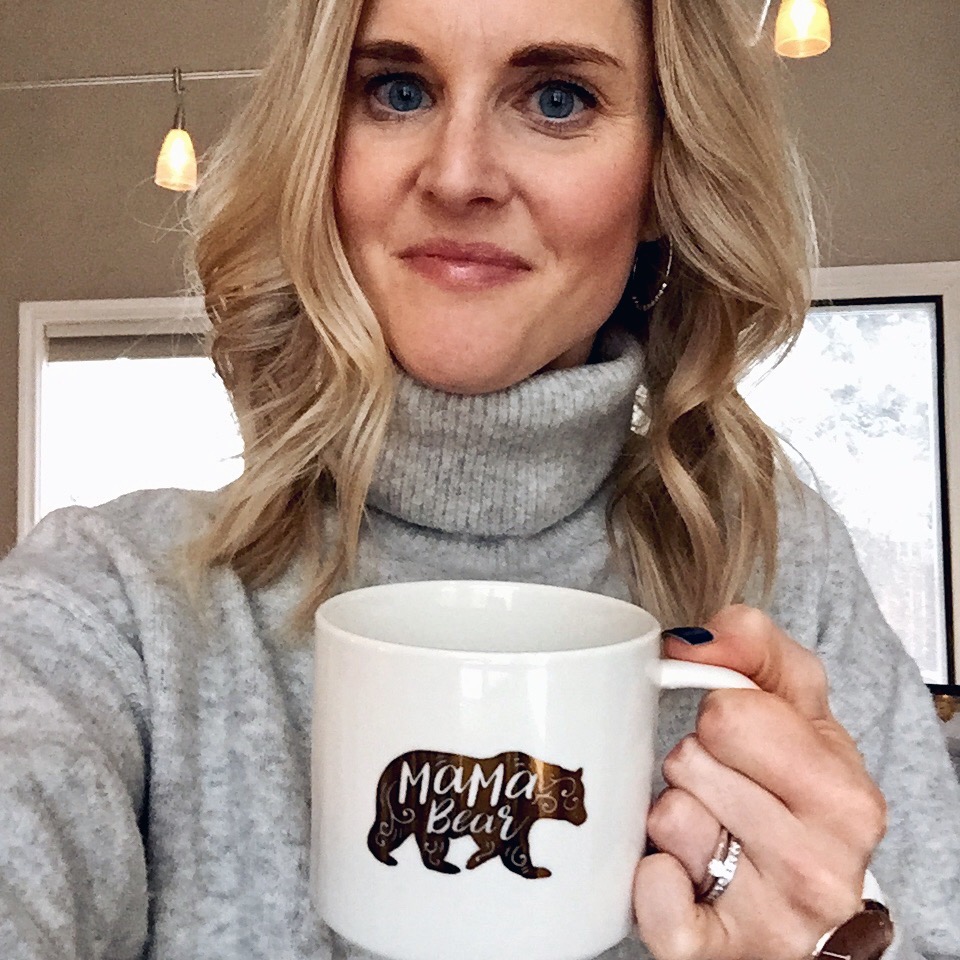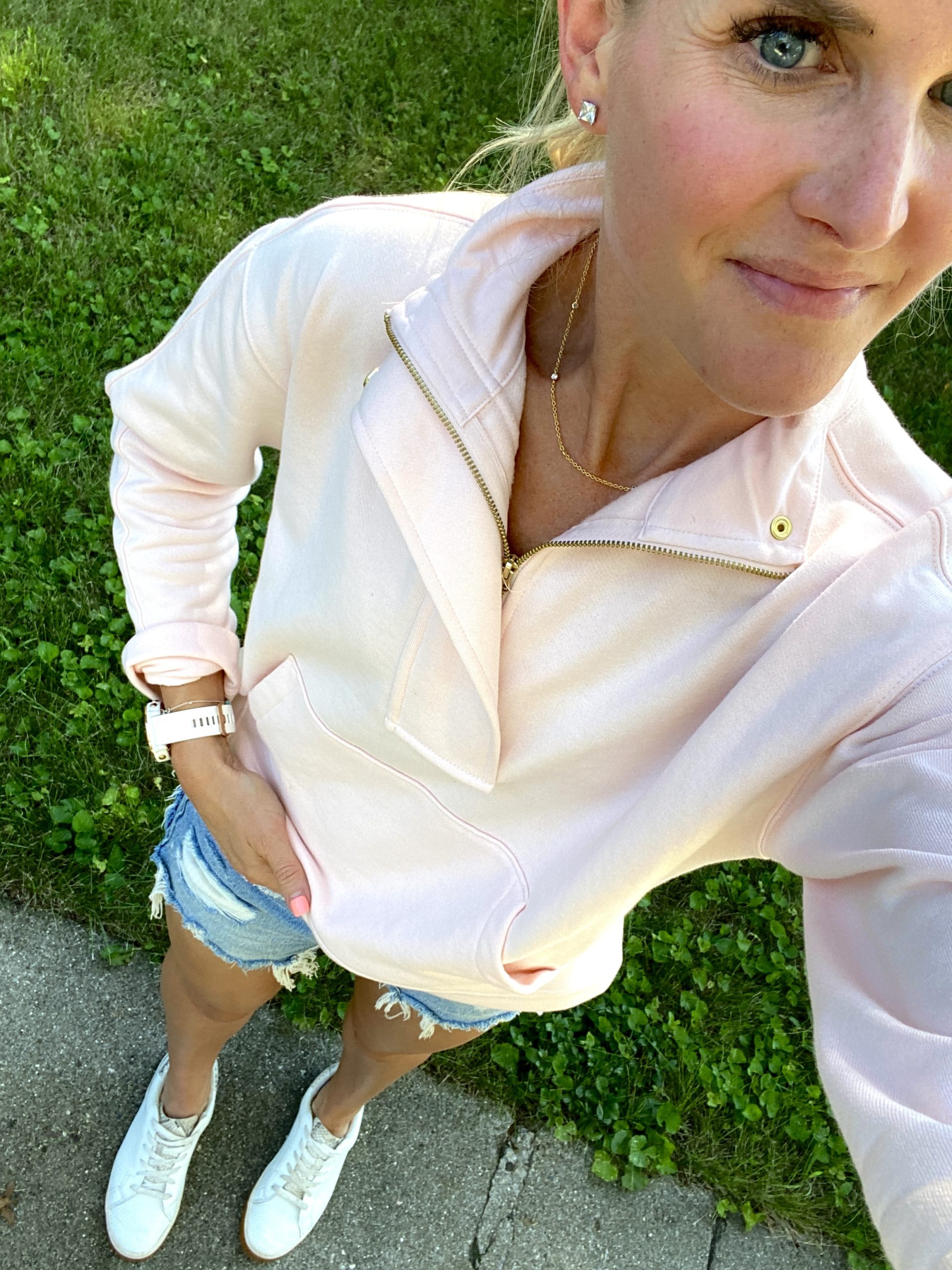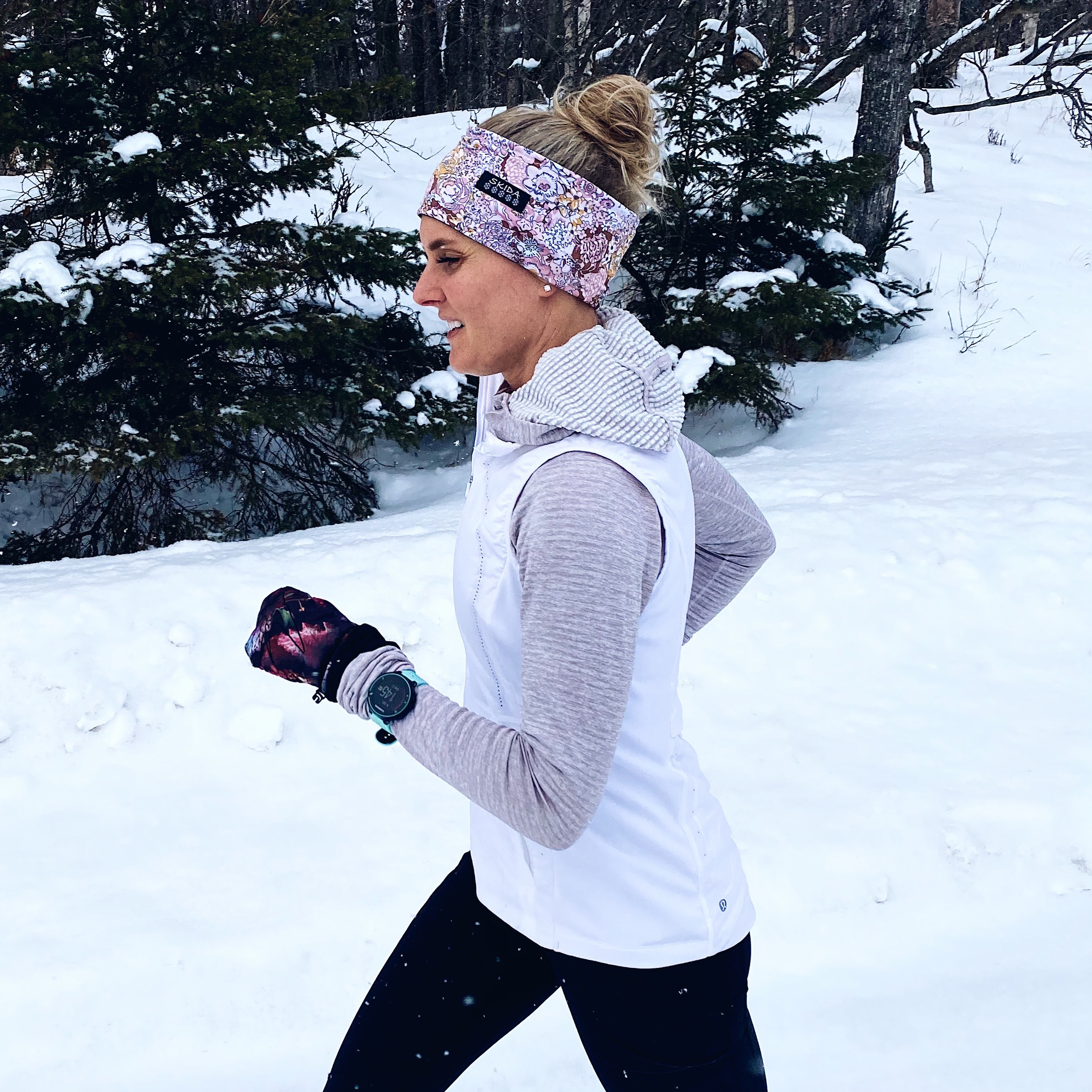
I am starting to read more blog posts, see news feeds, and coach my athletes towards a fall marathon. People are completing their last long run, tapering, and strategically planning how they will reach their goals for the 26.2 distance.
Whether it is your 1st or 99th marathon, you will learn new things each time. I distinctly remember being completely shocked how many people (and port-a-potties) there were at the start of my first marathon: Grandma’s Marathon. When I arrived at the start, everyone was sitting down in the grass, conserving every last ounce of energy before the gun went off. I had no idea I would need to wait in line for 45-60 minutes just to use a port-a-potty either.

Now these things are the norm for me, and I know the energy and anticipation that hangs in the air on race morning. Yet with each marathon, I’ve become more experienced and learn what not to do (only complete a 1.5 week taper) versus things you should do (run the tangents).
Through the six marathons I’ve run, here is what I’ve learned along the way.
1. Practice fueling on your long runs.
Not everyone’s stomach can tolerate certain energy foods out there. Some find it difficult to chew and swallow the energy chews while others can’t stand the texture of the gel. Figure out what works for you and gives you a boost of energy mid-run by practicing taking it in during your long runs.

2. Wear the clothes you will race in during at least one or two long runs.
Nothing is worse than finding out your beloved sports bra causes awful chaffing at mile 10 of your 26.2 run. Simulate race day by wearing the exact clothes you would wear during one or two long runs. Do you keep having to pull your shirt down? Because that’s going to be annoying on race day. Do your socks give you blisters? Do your underwear keep riding up? (If you wear any to begin with. I say go commando if there is a built-in liner.) And don’t forget about how you will tie your hair back, if you will wear sunglasses and/or a hat, and any jewelery you may or may not wear.

3. Follow the 3 week taper and don’t think you should tack on some extra miles just because!
You won’t lose your fitness; you will be okay. All of that anticipation and the desire to run will pay off at the start line. I made the mistake of doing a very short taper for my second marathon and paid the price by running slower when I had been working harder in my training. Trust the taper and know it will pay off at the starting line.

8. It is okay if you don’t sleep much the night before.
I often don’t sleep very well the night before a race. I’m too paranoid that my alarm is going to go off, I am often sleeping in a different bed, and I’m nervous about the race. However, two nights before the big race is the most important night of sleep. So if you don’t get the best night of rest the night before, you will be okay. During your taper however, when you have extra time because you aren’t running as much, go to bed earlier and sleep an extra 30 – 60 minutes each night.
7. It is okay to be a little nervous at the start.
This is your body getting ready to race. There is a lot to be nervous about for the marathon–26.2 miles is a long ways and a lot could go wrong. But focus on what you have done to prepare yourself for the race: the hours of training you have done, the little things (extra core workouts, strength training, eating healthy, etc.) you have done to help prepare yourself, and have confidence you are going to do well.

5. The first 10 – 13 miles should not be painful and should feel easy!
I made the mistake during my first marathon and went out WAY too fast. I was excited, I felt good, and just got caught up with “this is a race, so I should be racing” mentality. I paid for it at mile 18 when I bonked. (I also took in very little fuel.) Now I’ve learned to enjoy those first few miles and not push myself until the last third. I am still very conscientious about my pace throughout the entire race, but I don’t use quite as much brain power until the end because 3, 4, 5 hours is a long time to concentrate.
You shouldn’t look like the guy in front of me. It is too early for him to be hurting.

3. Run the tangents during the race.
26.2 miles is a LONG way, why run more if you don’t have to! The course is measured on the tangents, so do your best to look up, and run in a straight line to the next corner or turn. Look up, look ahead, and strategically plan your route. Avoid having to swerve around other runners because that tacks on additional mileage.
4. Soak up the energy of the crowds.
When your feeling like you can’t go on–like I was in this picture. (I’m in the yellow shorts.) Listen to the people cheering. Pretend they are specially cheering for you. Most likely it will hurt some time after mile 20, but that’s when the crowds of people are even deeper and you can feel their energy being transferred to you.

(Running the Boston Marathon)
You could obviously write an entire book on racing the marathon, but these are some of the things that I have learned over the years that have helped me become a better racer.
So enjoy your race and remember to soak up the experience and know that you are accomplishing a feat many people could not even fathom!




great tips! 🙂
Just read them. Now I’m ready for the Twin Cities Marathon Sunday!!! 🙂 🙂